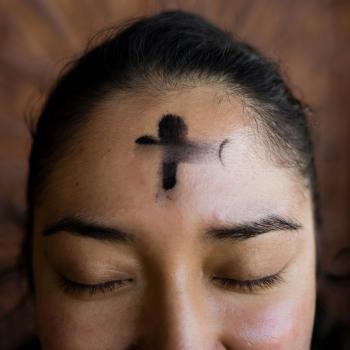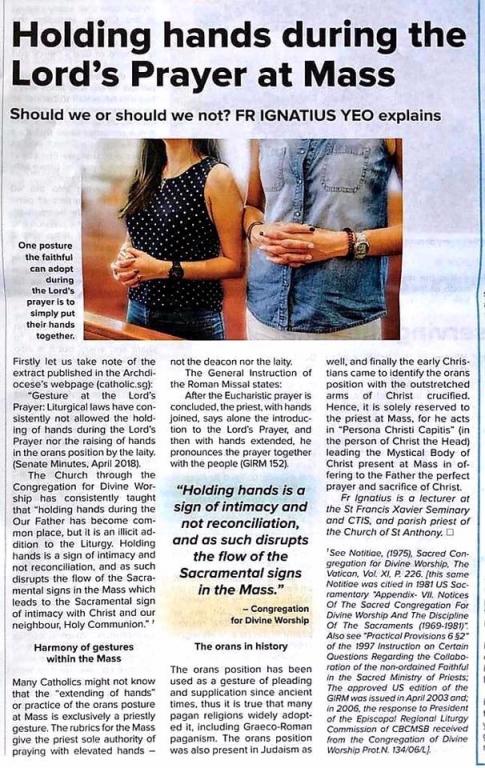One of the things I’ve noticed is that many people assume pluralism is the same thing as relativism. This cannot be the case. Pluralism does not say everything is equal. What it does suggest is that there is value in a variety of views and traditions. Pluralism can recognize distinctions in degree and kind. But it also sees the problem of an absolute monism which constricts like a tyrant the human person into an abstraction of truth constructed by the human mind.
Our monetary situation in the United States is pluralistic. Each dollar bill is of the same value. But then there are also five dollar bills, twenty dollar bills, etc. We have a plurality without making cash worthless or assuming all kinds of denominations are of the same value. Relativism would say the one, five, and twenty dollar bills are equal. Pluralism says they are not, but recognizes the value in the one even if it is not the twenty. Pluralism would also recognize the fact of counterfeit currency, while relativism would suggest there is no such thing. Finally, pluralism understands that what is printed on currency might change, to suit the needs of the times, without it changing the actual value of the currency.
This is a good way to understand the liturgical tradition of the Catholic Church. It’s not monistic. It doesn’t assume only one as “the best” (if it were, the best would have to be at the Last Supper, which, alas, is quite far from what any liturgy is like today). Of course this doesn’t mean any and all things are acceptable. Allowing for variety and distinction is not the same thing as saying all things are permissible.
The external conflict East and West over relatively minor liturgical matters should show us exactly the problems of assuming one tradition or way is “the best” and anything different is “bad” or merely to be “tolerated.” Whether or not the bread used should be leavened or unleavened was seen as a dogmatic issue, and both sides charged the other of heresy and liturgical abuse over something so minor. Anyone who reads the debate between the 11th and 15th centuries will find similar kinds of arguments as one reads in liturgical wars today. Florence did everyone a service by over-riding the debate and pointing out that there can be a plurality of ways within the Church without making either form “superior” or “inferior.” As Vladimir Solovyov says, “It is a natural and proper thing to love and cherish one’s own, that which is native.”[1] No one disputes this. But what he further states must also be kept in mind, “It is only necessary to recall two things here: first, that it is not possible to impose one’s custom on those for whom it is not their own, and second, that there is in the world something more exalted than that which is one’s own or someone elses’s, and that the actual place for this more exalted thing is in the ecumenical church of God.”[2] That is, we must be willing to acknowledge the good which the Church proposes, even if it counters our desires.
But this is not to mean there is to be no input by us. Surely that is one of the things the Church has made abundantly clear. Liturgy is meant to be worship of the people. They are to bring themselves and their creative abilities to use in that liturgy. And there, we can find some liturgical celebrations better than others: not because of the form of the liturgy, but because of what the people bring to that form.
[1] Vladimir Solovyov, “Byzantinism and Russia,” in Freedom, Faith, and Dogma. Trans. Vladimir Wozniuk (Albany, NY: SUNY Press, 2008), 221.
[2] Ibid., 221.












